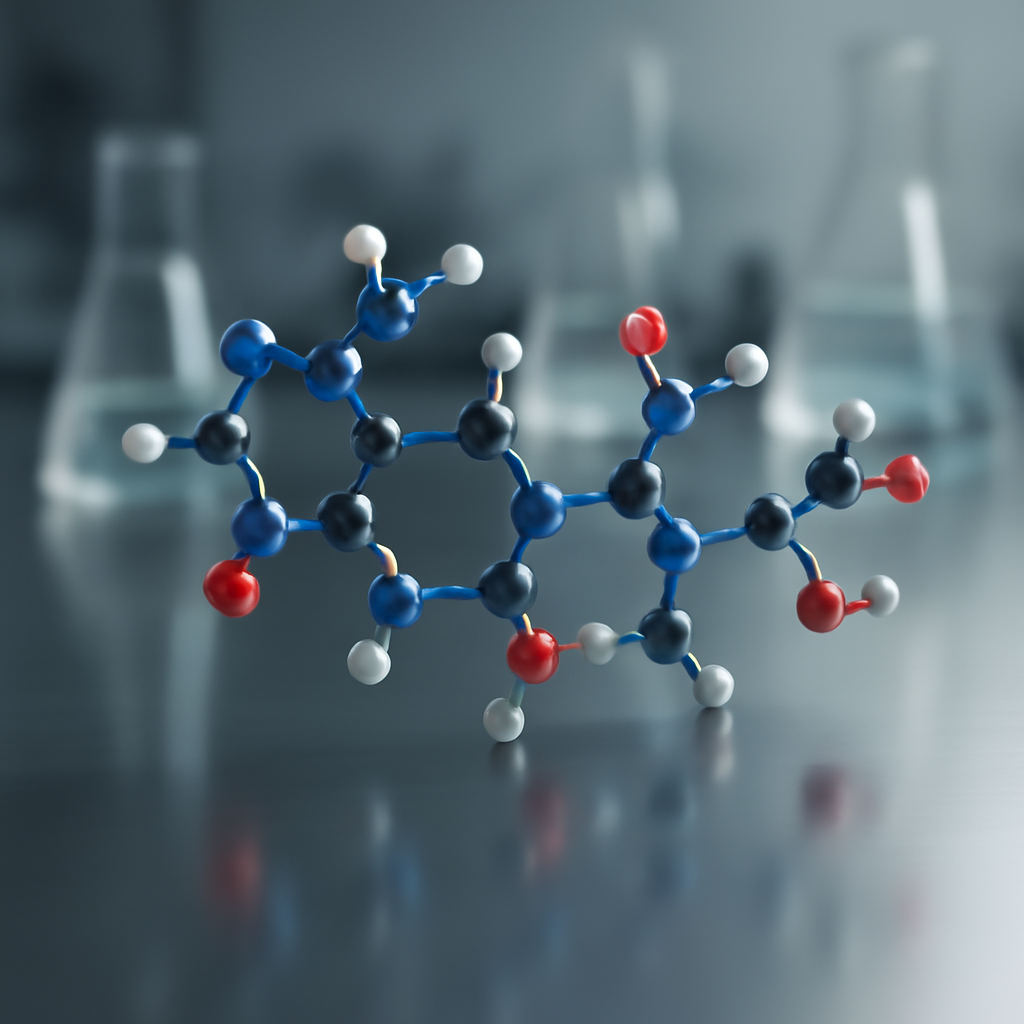Exploring the Potential of BPC-157 in Tissue Regeneration
Research into peptide compounds such as BPC-157 has gained significant interest within the scientific community due to their potential role in promoting tissue repair and regeneration. Preclinical studies, primarily conducted in vitro and in animal models, offer valuable insights into the molecular mechanisms and pathways involved. Understanding these mechanisms is crucial for advancing tissue engineering and regenerative medicine, providing a foundation for future therapeutic developments. This article delves into the scientific properties, mechanisms of action, research protocols, and storage considerations for BPC-157, a peptide that has shown promising results in preclinical research.
Peptide Background and Scientific Properties
BPC-157, also known as Body Protection Compound-157, is a synthetic peptide comprising 15 amino acids. Derived from a sequence found in body protection factors in gastric juice, it exhibits a remarkable stability profile, allowing it to withstand harsh conditions. Scientifically, BPC-157 is characterized by its ability to influence various cellular processes involved in healing and tissue maintenance. Its molecular structure facilitates interactions with multiple molecular pathways, making it a subject of extensive preclinical investigation. Researchers focus on its capacity to modulate inflammation, angiogenesis, and cell proliferation, essential components in tissue repair.
Mechanisms of Action
Cellular Pathways Affected
BPC-157 has been shown to activate several cellular signaling pathways that promote tissue regeneration. Notably, it influences the VEGF (vascular endothelial growth factor) pathway, enhancing angiogenesis—the formation of new blood vessels crucial for delivering nutrients and oxygen to damaged tissues. Additionally, it modulates the nitric oxide (NO) pathway, which plays a vital role in vasodilation and blood flow. By stimulating fibroblast migration and proliferation, BPC-157 accelerates the repair of connective tissues, including tendons and ligaments. The peptide also impacts the MAPK/ERK pathway, involved in cell growth and differentiation, further supporting regenerative processes.
Receptor Interactions
Although the exact receptor targets of BPC-157 are still under investigation, it is believed to interact with various cell surface receptors that regulate angiogenic and inflammatory responses. Its ability to upregulate growth factors and cytokines suggests a broad modulatory effect rather than binding to a single receptor. This multi-target approach may underlie its efficacy in stimulating tissue repair in preclinical models, making it a promising candidate for further research in regenerative medicine.
Research Use and Experimental Protocols
Preclinical research involving BPC-157 predominantly utilizes animal models such as rats and mice to study tissue healing processes. Typical experimental protocols include inducing tissue injury—such as tendon rupture, muscle damage, or gastric lesions—and administering BPC-157 via injection or topical application. Dosing regimens vary widely, but doses range from 10 to 10,000 micrograms per kilogram of body weight, depending on the study design. Researchers often evaluate outcomes through histological analysis, imaging, and functional assessments to measure the extent of tissue regeneration. The peptide’s stability in solution facilitates storage at -20°C, and it is typically reconstituted in sterile saline or phosphate-buffered saline (PBS) prior to use.
Comparison with Other Research Peptides
BPC-157 is often compared with peptides like CJC-1295 and Tesamorelin, which also influence growth and repair pathways. Unlike peptides that primarily stimulate growth hormone release, BPC-157 directly modulates cellular pathways involved in healing. While CJC-1295 acts on the GHRH receptor to increase growth hormone levels, BPC-157’s mechanisms are more localized to tissue repair processes, affecting angiogenesis and cell migration directly. Such differences highlight the unique therapeutic potential of BPC-157 in preclinical tissue regeneration studies.
Storage, Stability, and Handling
For optimal stability, BPC-157 should be stored at -20°C or lower, protected from light and moisture. Lyophilized powder remains stable for several years when stored properly, while reconstituted solutions should be used within a few days if refrigerated. Solvents such as sterile saline or phosphate-buffered saline are commonly used for reconstitution. Maintaining aseptic technique during handling reduces contamination risk. Proper storage and handling are vital to preserve the peptide’s integrity for research purposes.
Conclusion
Preclinical research continues to shed light on the multifaceted role of BPC-157 in tissue repair. Its ability to influence molecular pathways related to angiogenesis, cell migration, and inflammation makes it a promising candidate for understanding regenerative mechanisms. Researchers exploring tissue engineering, wound healing, and molecular biology can benefit from further investigating BPC-157’s properties under controlled laboratory conditions. As science advances, clarifying its mechanisms will help guide future innovations in regenerative medicine.
Disclaimer: This content is for educational and research purposes only. None of the peptides mentioned are intended for human use.



